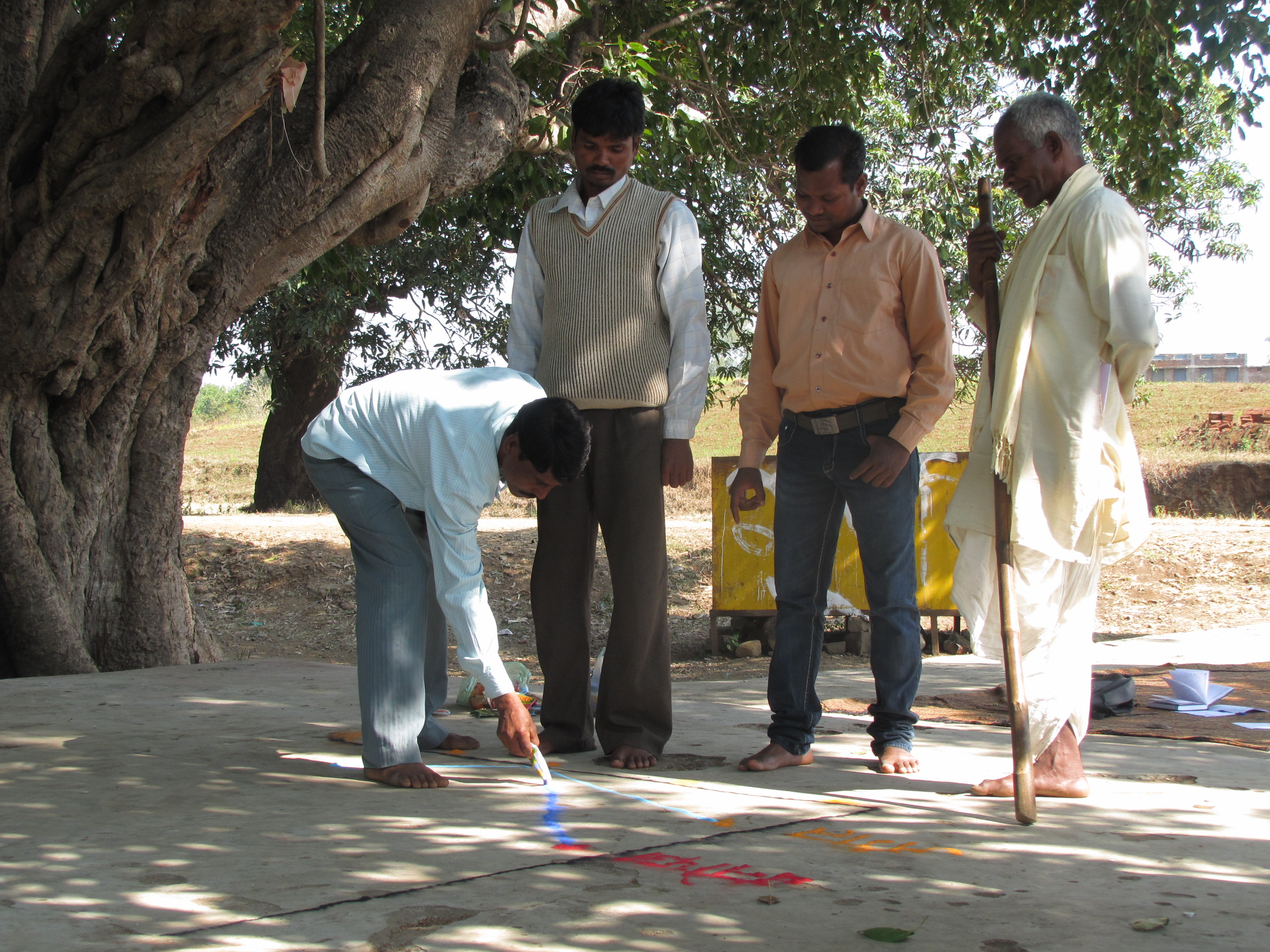Capitalising on best practices of similar projects
At the start of the BKP Project, 13 biodiversity conservation and natural resource management projects implemented in the mountain valleys of Northern Pakistan were analysed for their lessons and best practices. Successful practices included: developing biodiversity strategies and action plans at the sub-national level, raising private forest and fruit nurseries, joint forest management, sport hunting, district coordination mechanisms, resource conservation plans, extension cadres for livestock and agriculture, students’ engagement, village conservation funds, community exchanges, land development infrastructure (irrigation channels, protective walls), and collection and post-harvest processing of medicinal and aromatic plant species.
The results were documented in a detailed report.
• Existence and availability of documented best-practices
• Proper orientation and mobilization of the relevant stakeholders on the best practices
• Coordination among the stakeholders through a responsive and dynamic steering mechanism
• Community involvement from the planning phase
• With the exception of very few, lessons learnt and best practices are hardly incorporated in the government formal development agenda for future replication. Integration into government policies and funding-decisions are urgently required.
• The best practices report emphasises the necessity of capacity-building for local communities. The traditional top-bottom approach of delivering service through the government and NGOs has proven little effective in addressing the problems at the grass root level. A radical shift from resource-focused interventions towards a community-centred approach for local capacity-building, to address the problems at the local level, is needed to improve local ownership to address development challenges themselves.
• Knowing in advance the pitfalls experienced by other projects helped BKP dealing with such problems.
